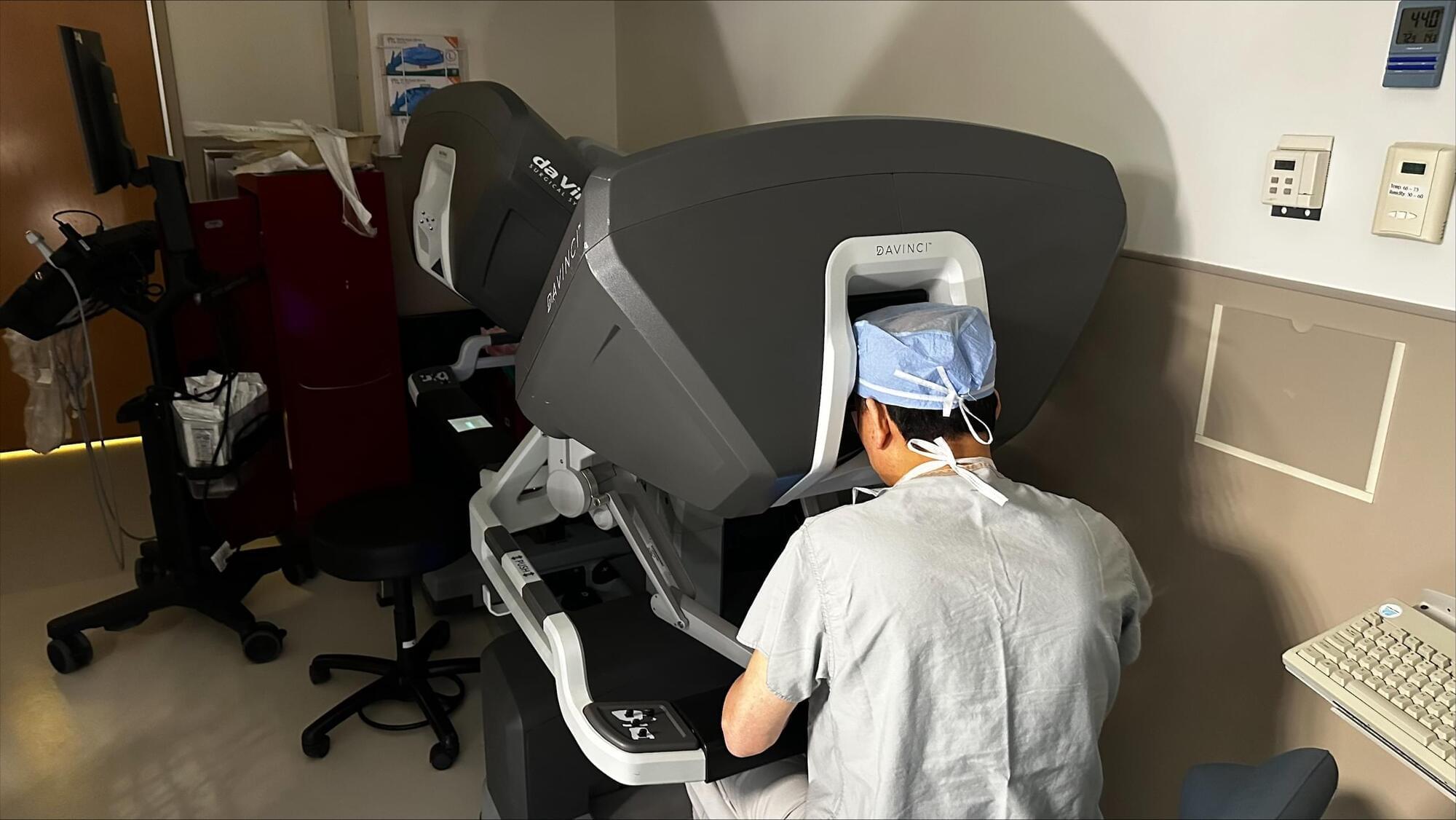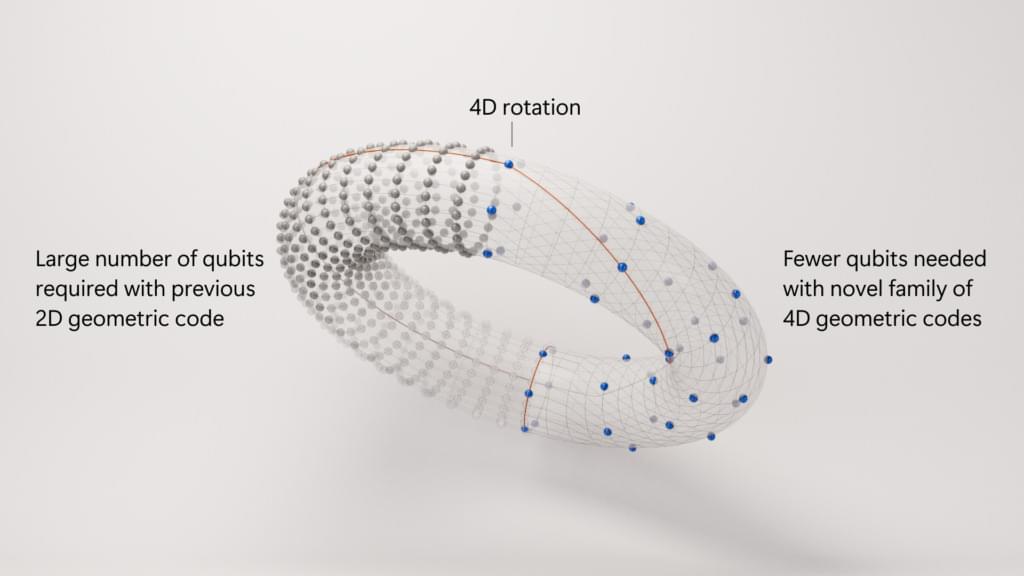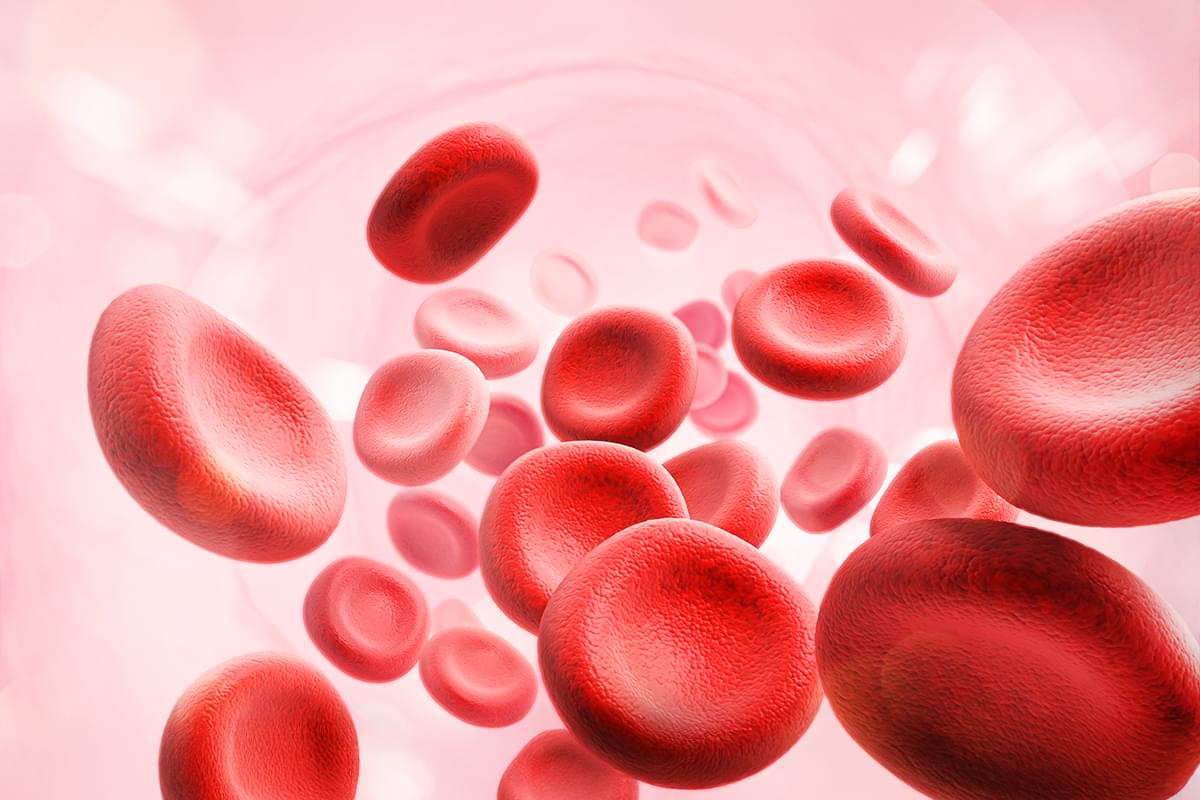Physicists Prof. Dr. Ingo Rehberg from the University of Bayreuth and Dr. Peter Blümler from Johannes Gutenberg University Mainz have developed and experimentally validated an innovative approach for generating homogeneous magnetic fields using permanent magnets.
Their method outperforms the classical Halbach arrangement—which is optimal only for infinitely long and therefore unrealizable magnets—by producing higher field strengths and improved homogeneity in compact, finite-sized configurations.
The study was published in Physical Review Applied, which shows significant advances in the applied sciences at the intersection of physics with engineering, materials science, chemistry, biology, and medicine.








